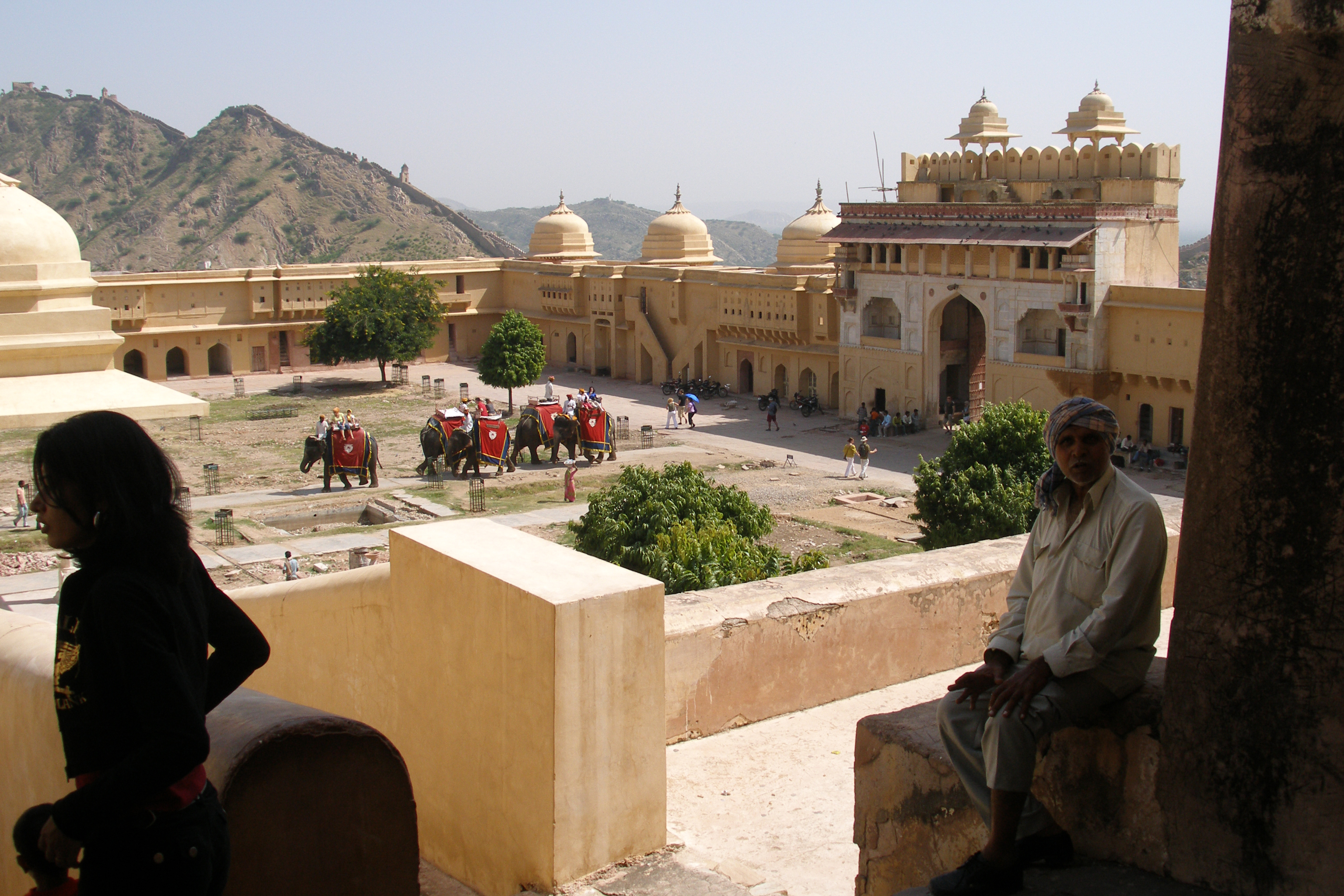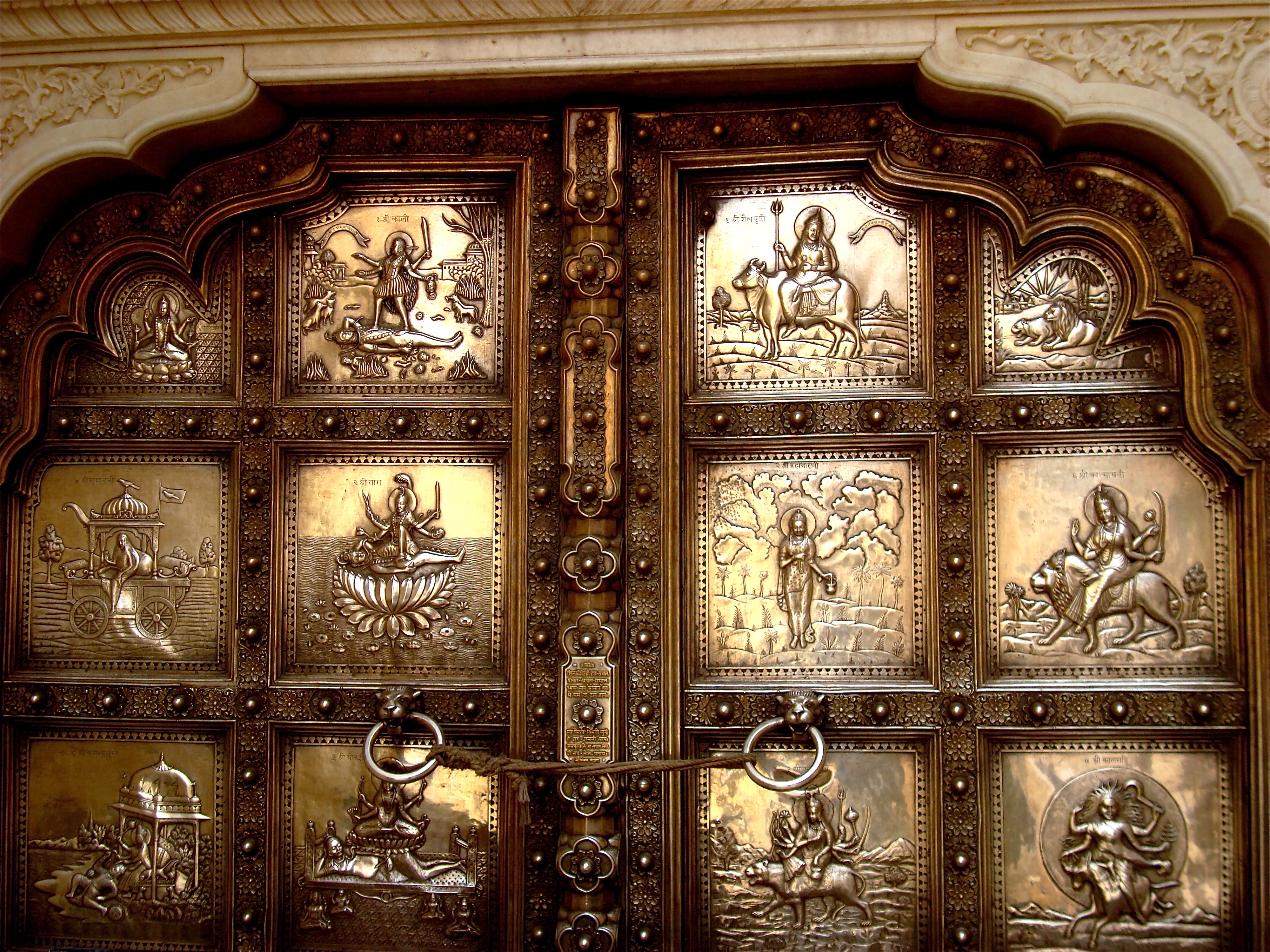The Man Singh Palace stands as a profound testament to the architectural and cultural brilliance of the Tomar dynasty in medieval India. Nestled within the formidable Gwalior Fort, this remarkable monument embodies the artistic vision of Man Singh Tomar, a ruler renowned for his sophisticated patronage of arts and architectural innovation during the late 15th and early 16th centuries.
Constructed between 1486 and 1516, the palace represents a sophisticated blend of strategic design and aesthetic excellence. Its unique architectural features include intricate stone carvings, elaborate circular halls designed for temperature regulation, and ingenious "speaking tubes" built into the walls—technologies that demonstrated the advanced engineering capabilities of the Tomar period. The palace's multi-level structure reveals a complex spatial arrangement, with grand courtyards above ground and mysterious dungeons below, reflecting the multifaceted nature of royal architectural planning.
The historical significance of the Man Singh Palace extends far beyond its physical structure. It witnessed multiple dramatic political transformations, serving as a silent observer to the shifting power dynamics of medieval India. From being a royal residence under the Tomars to becoming a strategic prison complex during the Mughal era, the palace encapsulates layers of historical narratives. Notably, it housed several high-ranking prisoners, including Murad Baksh, who was ultimately executed within its walls in 1661.
Architecturally, the palace is a masterpiece of early Hindu domestic design. The use of locally sourced sandstone and limestone demonstrates not just aesthetic sensibility but also practical resourcefulness. Intricate stone screens, expansive halls, and carefully designed chambers reflect the sophisticated craftsmanship of the artisans of that era. These architectural elements were not merely decorative but served multiple functional purposes, from providing climate control to facilitating complex social interactions.
The palace's cultural importance is deeply intertwined with its artistic legacy. During the Tomar reign, it was a vibrant center of learning and artistic expression. Royal ladies would learn music from distinguished masters, and the halls would resonate with classical performances. The presence of legendary musicians like Tansen during this period underscores the palace's role as a significant cultural hub, transcending its architectural and political significance.
Through successive dynasties—from the Tomars to the Mughals, and later the British and Scindias—the Man Singh Palace remained a crucial historical landmark. Each ruling power left its subtle imprint, transforming the structure while preserving its core architectural integrity. The Archaeological Survey of India's restoration efforts have been instrumental in maintaining the palace's historical authenticity, ensuring that future generations can appreciate this remarkable monument.
The local legends surrounding the palace add another layer of mystique to its historical narrative. Stories of its construction, linked to the mythical healing of Suraj Sen by the sage Gwalipa, demonstrate how architectural spaces are not just physical structures but repositories of collective memory and cultural imagination. These narratives, passed through generations, contribute to the palace's enduring cultural significance.
In contemporary times, the Man Singh Palace continues to be a significant tourist destination, offering visitors a tangible connection to India's rich architectural and cultural heritage. Its restored chambers, intricate carvings, and strategic location within Gwalior Fort provide a compelling window into the complex socio-political landscape of medieval India, inviting exploration and deeper understanding of a fascinating historical period.








